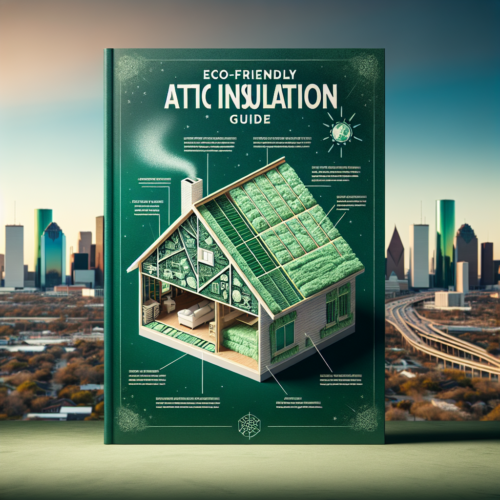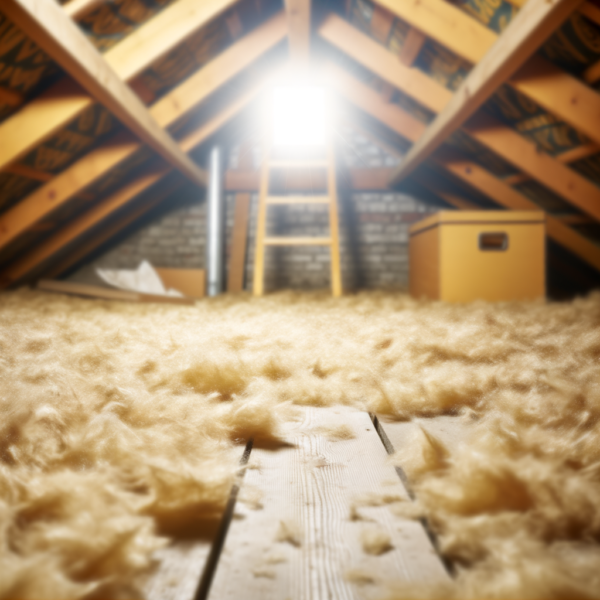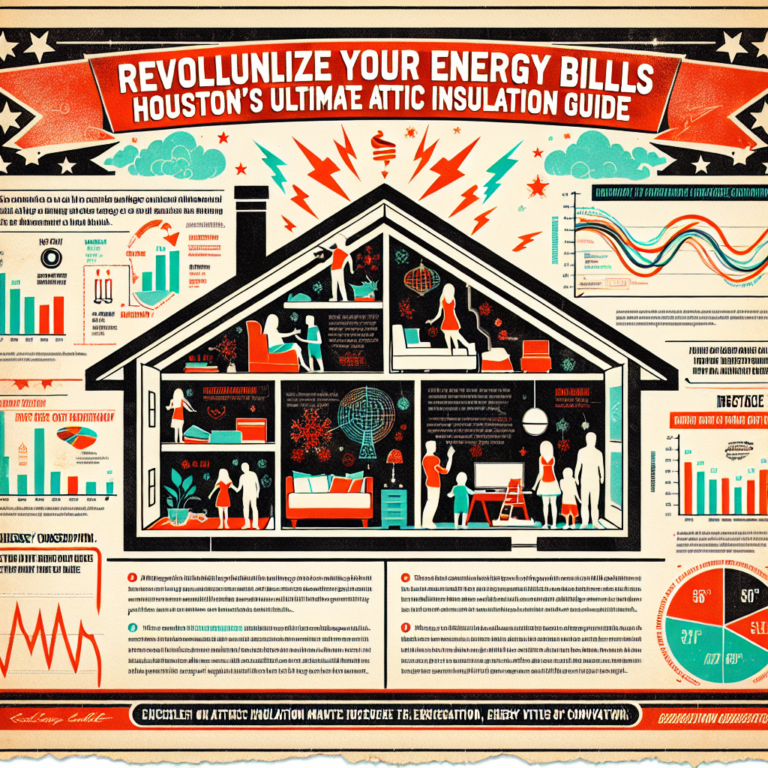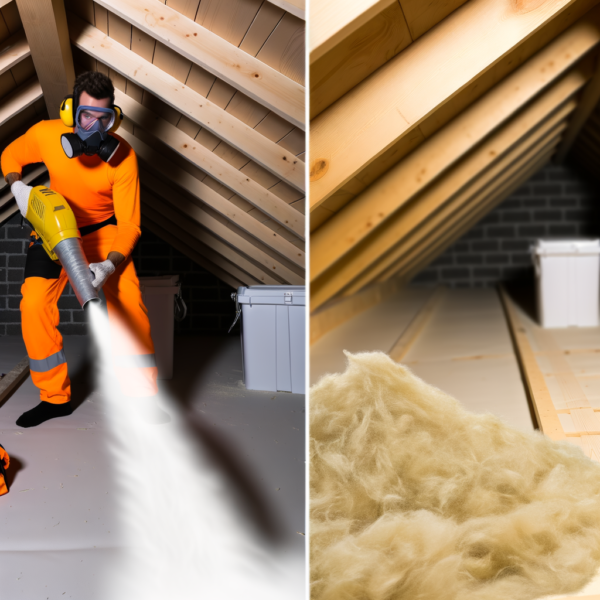Uncover the Truth: Top Blown-In Insulation Questions Answered
Introduction
Upgrading your home’s thermal barrier starts in the attic, and blown-in insulation is often the smartest choice. By using specialized equipment to evenly distribute loose-fill materials—fiberglass, cellulose or mineral wool—blown-in insulation fills every nook and cranny. In this guide, we’ll explore why blown-in insulation has become the go-to solution for Houston homeowners, how to choose the right product, and tips to install it for peak performance.
H2: Benefits of Blown-In Insulation for Attics
• Complete Coverage: Loose-fill particles conform to irregular shapes, tight corners and around wiring or plumbing. Traditional batt insulation can leave voids; blown-in insulation seals the entire attic floor.
• High R-Value per Inch: Blown-in fiberglass and cellulose offer superior thermal resistance, keeping indoor temperatures stable and reducing HVAC cycling.
• Energy Savings: Improved attic insulation can cut heating and cooling bills by up to 20%, earning back installation costs over time.
• Noise Reduction: The dense, interlocking fibers dampen sound transmission, creating a quieter home environment.
• Eco-Friendly Options: Cellulose insulation often contains up to 85% recycled paper, while fiberglass may incorporate recycled glass—both safe and non-toxic.
• Longevity and Settling Resistance: Quality blown-in insulation maintains its thickness over decades with minimal settling, ensuring consistent performance.
H2: Factors to Consider When Choosing Blown-In Insulation for Your Attic
1. R-Value Requirements
– Check local building codes and climate recommendations. In Houston’s hot, humid weather, aim for R-38 to R-60 in attic spaces.
2. Material Type
– Fiberglass: Moisture-resistant, non-combustible, and budget-friendly.
– Cellulose: Highest recycled content and R-value per inch, but may require moisture control measures.
– Mineral Wool: Fire-resistant and dense, offering excellent soundproofing and mold resistance.
3. Density and Coverage
– Higher density delivers greater R-value but at increased cost. Balance budget with performance goals.
4. Professional vs. DIY Installation
– DIY kits exist, but professional installers ensure correct depth, uniform distribution and proper sealing of air leaks.
5. Health and Safety
– Confirm installers use protective gear and follow industry standards to minimize airborne dust and fiber inhalation.
H2: How to Properly Install Blown-In Insulation in Your Attic for Maximum Efficiency
1. Prep and Air Sealing
– Clear out debris, old insulation and seal gaps around vents, chimneys and attic hatches with caulk or spray foam.
2. Set Up Access and Containment
– Build a temporary dam around the attic entrance with foam board to contain loose-fill material.
3. Equipment Calibration
– Professional installers adjust blower settings to ensure consistent flow and density.
4. Layering Technique
– Start at the farthest corner and work toward the attic access, maintaining a uniform depth—typically 12–14 inches depending on R-value target.
5. Avoiding Obstructions
– Keep soffit vents, lighting fixtures and attic fans clear of insulation to maintain ventilation and fire safety.
6. Final Inspection and Cleanup
– Rake or broom the surface smooth, verify depth with rulers, vacuum any spillover and re-seal the attic hatch with weatherstripping to prevent air leaks.
H2: Blown-In Insulation FAQs
Q1: What makes blown-in insulation better than batt insulation?
A1: Blown-in insulation conforms to irregular spaces and fills tiny gaps that batt panels often miss, delivering a more airtight barrier and higher overall R-value.
Q2: How long does blown-in insulation last?
A2: When properly installed and protected from moisture, blown-in insulation can maintain performance for 20–30 years or more, with minimal settling.
Q3: Will blown-in insulation attract pests?
A3: High-quality cellulose is treated with fire- and pest-retardant chemicals. Proper attic ventilation and rodent exclusion measures further reduce any risk.
Q4: Can I install blown-in insulation myself?
A4: DIY kits are available, but professional installation ensures correct density, depth and air-sealing—critical factors for long-term efficiency and safety.
Conclusion
Blown-in insulation transforms your attic into a continuous thermal shield, cutting energy costs, improving comfort and reducing noise. By understanding R-value, material options and proper installation techniques, you can make an informed decision and maximize your investment. Ready to seal in comfort? Explore top-rated blown-in insulation solutions and schedule your attic upgrade today at texasinsulationsolution.com!












